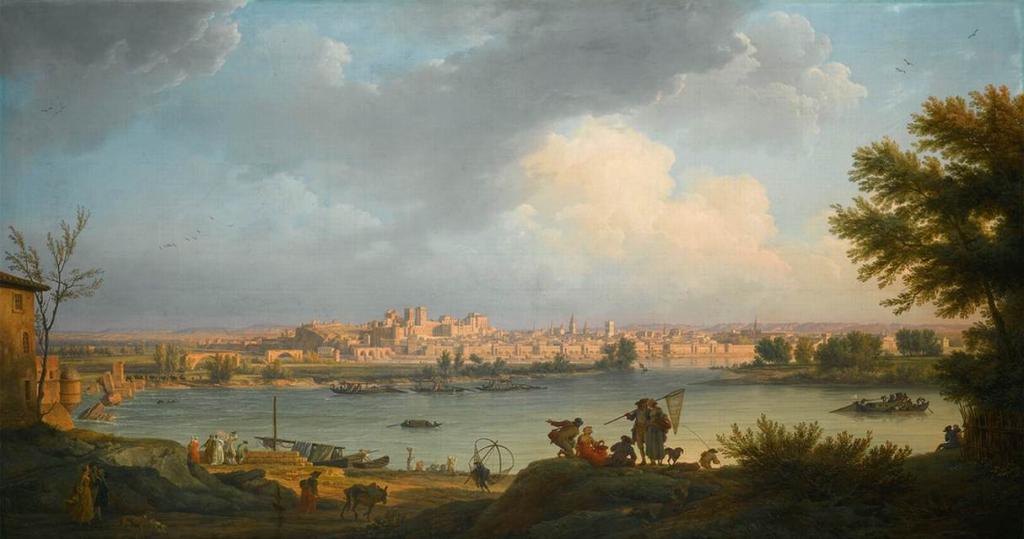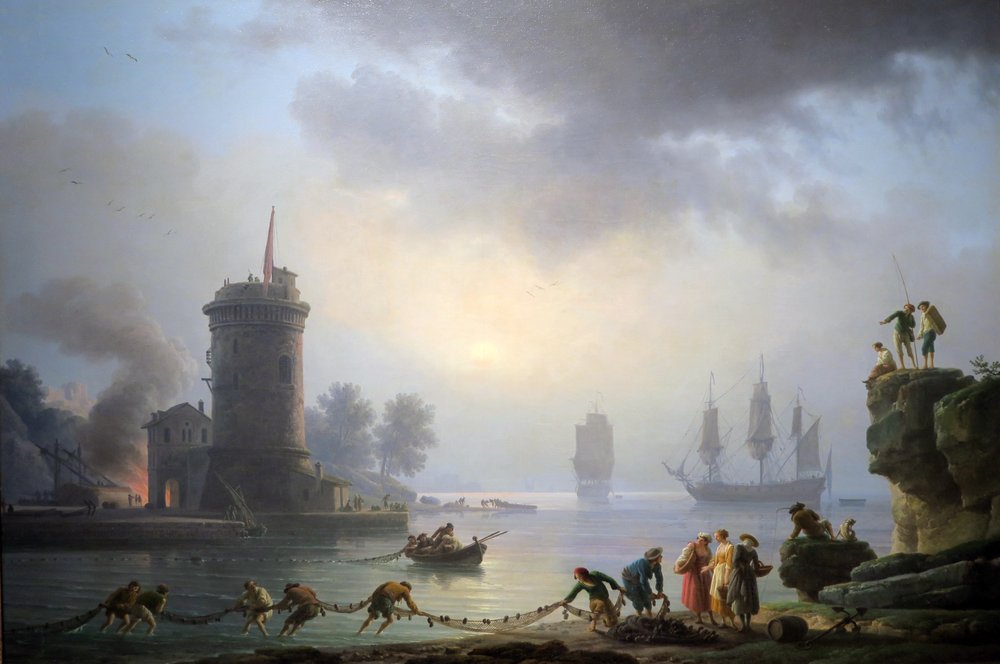The artist Vernet Claude Joseph was born in a creative family: both his father and his grandfather devoted their lives to painting. Unlike many other representatives of the profession, Claude became famous during his lifetime. His seascapes were warmly received by the Russian emperor Paul I, and Louis XV ordered a series of canvases dedicated to French seaports. During the life of the author, his paintings adorned palaces throughout Europe, and today they hang in all major museums.
Childhood and youth
Artist Vernet Claude Joseph was born in the French town of Avignon on August 14, 1714. Although the parents were not rich, the boy's father devoted a lot of time to his education, in particular the development of artistic talent. When Claude grew up, he was sent to Italy to study with the best masters of that era. Most of his peers from poor families were forced to wait several years to receive an academic prize in order to pay for tuition, but Claude Verne was more fortunate than others. His education was paid for by rich family friends who admired the work of his father and grandfather.
Life in Italy
Thanks to his patrons, Verne got the opportunity to learn from the greatest masters: Pannini, Manglara, Locatelli. The young man wrote a lot from nature, depicting river banks and sea landscapes. He devoted nineteen long years to this occupation. During this period of his life, he wrote magnificent paintings that are currently stored in museums: "Villa Ludovisi" - The State Hermitage Museum of St. Petersburg, "Villa Pamphili" - The State Museum of Fine Arts named after Alexander Pushkin in Moscow, "Ponte Rotto", "View of the bridge and the castle of the Holy Angel" - Paris Louvre.

In the early paintings of the artist Vernet manifested subtle observation, skillful transmission of light and shadow, magnificent realism, atypical for other painters of this era. Contemporaries preferred a more decorative, embellished image of landscapes. Thanks to his extraordinary skill, Claude Joseph became famous in his homeland even before returning from Italy and continued to enjoy continued popularity until his death.
Return to Paris
In 1753, the artist Claude Vernet returned to Paris. Here he received the honorary title of academician and commissioned the French king Louis XV to create one of his most famous series - the ports of France. Fifteen paintings depicting Marseille, La Rochelle, Toulon and other cities today belong to the Louvre, but are physically located in the Maritime Museum in Paris. First, while working on paintings, Claude Joseph went to the city, which he wrote, and created amazing sketches from nature, which, unfortunately, have not survived to this day. There is an opinion that all sketches (or some of them) are in private collections and are hidden from prying eyes.

Over time, Vernet began to receive such a huge number of orders that there was no time left for trips. The famous French writer, philosopher-educator and playwright Denis Didro , who wrote the book "Salons", spoke about Claude in 1759: "I see a whole series of paintings by Vernet, some of them are copied from life, another part is a figment of the imagination, but each of them is written ardently, with inspiration, with extraordinary craftsmanship. This author has an amazing ease. "
Style and Theme
A favorite theme of the work of the artist Claude Verne is landscapes and sea views. It was thanks to the skillful depiction of sea storms that the glory of the painter boomed throughout Europe. Artists of that time rarely wrote anything at their discretion, most of the paintings were created to order. When there were too many customers, Vernet stopped leaving Paris and completely focused on the imagination. He worked, relying solely on memory, and also using his own ready-made sketches of individual parts. For some time now, depicting scenes of shipwrecks, the author was carried away by vivid dramatic effects, sacrificing the subtle and unique color characteristic of early works. But Claude Vernet played an important role in the development of European landscapeism and romanticism.
Features of the technique
Oil sketching from nature played a key role in the formation of painting of the 18-19th centuries. Many European artists adopted this style, but still this technique remained typically French. The oil sketch was an independent canvas, later copied onto a larger canvas and supplemented with new details. As a result, the picture was unusually realistic, lively and dynamic, and the scenes of storms and shipwrecks contained a vivid emotion and drama. Even after Vernet began to draw from memory, he retained the unprecedented ease of writing learned in his youth.
The artist Vernet Claude Joseph died on December 3, 1789. His son Antoine and grandson Horace continued the family tradition and also devoted themselves to painting. The artistic dynasty continued to exist, and the creative heritage of Claude Joseph lives to this day.